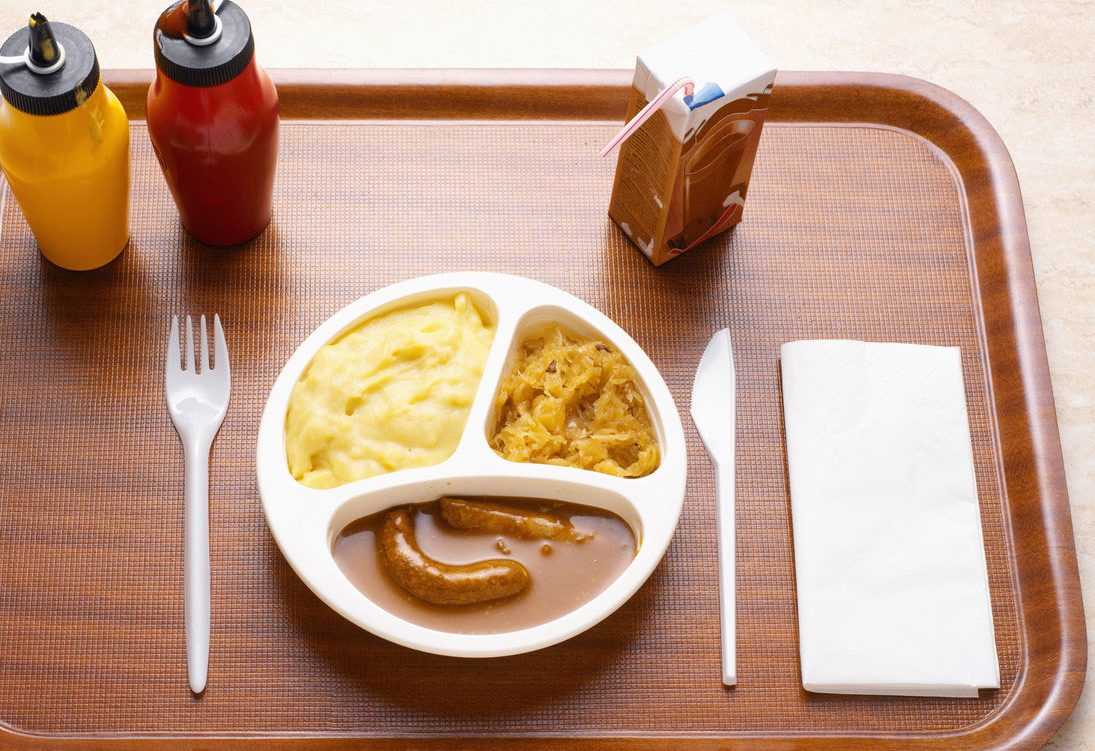How to Avoid Processed Foods

Most of the food Americans eat has gone through an industrial process before it arrives on their plates — hence the name “processed foods.” Here's what you should know.
Is a fresh cherry better for you than a stick of cherry-flavored gum?
Which one is more processed?
Should you eat an apple or drink a small carton of apple juice?
These may sound like quiz questions for school-age children, but things can get seemingly complicated. Sometimes the differences are a matter of degree.
Is a child-size apple juice carton better for your tot than a cinnamon apple pie from Popeyes? Not much. Both contain a lot of sugar.
To add another layer of decision making, packaged foods, according to dietitian Dawn Jackson Blatner, can deserve a second look: “There are a lot of healthy convenience foods on the market,” she says.
YOU MIGHT ALSO LIKE: A Month Without Eating Processed Food
What you don’t want to eat
Heavily or ultra-processed foods usually have long lists of mysterious ingredients. Blatner’s advice: Before you pick an item, read that list and look for “CRAP.”
- C is for chemicals you don’t recognize.
- R is for refined flours or sugars.
- A is for artificial colors, flavors, or sweeteners.
- P is for preservatives.
These ingredients, especially together, announce that a product is an industrial product, or, in other words, processed.
Compare a brownie you bake at home to a marshmallow — a foam of sugar stabilized by gelatin. Both are loaded with sugar (R), but the marshmallow bought in the store contains the preservative potassium sorbate, which gives you a P. If your marshmallows come in an assortment of colors and flavors, you have C and A.
How the food industry helps
Tight budgets and lack of time push Americans into the packaged foods aisles. But all is not lost. The section of minimally processed frozen dinners (with a good ratio of protein to carbs and plenty of fiber) is quickly growing at your grocery store — a compromise of health and convenience.
You might pick up a packaged frozen dinner that has “Healthy” in the brand name and contains black bean burritos with rice. Is that more processed than a meal you make yourself from a bag of rice and a can or bag of beans? Yes. Is your homemade meal better for you? Probably, but if you can stay an hour later at work, that’s a good trade.
Just look at the ingredients list carefully and watch out for high sodium.
Similarly, buying fresh produce regularly is also expensive and time-consuming. Then you have to peel and cut. Frozen and canned options, on the other hand, still retain nutritional value.
Both match the value of fresh veggies, according to Emma Willingham, clinical dietitian at Houston Methodist Hospital.
“Freezing is like nature's pause button. Since frozen veggies are flash-frozen at the peak of their nutrient density, they can actually have higher nutrient profiles than fresh veggies that have sat around in the grocery store for a while," she says. "And keeping a few bags of frozen veggies in your freezer is a great way to have whole vegetables on hand without having to worry about cooking them before they go bad.
"The best 'choice' when choosing between frozen, fresh or canned vegetables is what works best for you, your routine, and your family so you can simply get more vegetables in."
Updated:
February 08, 2023
Reviewed By:
Janet O’Dell, RN